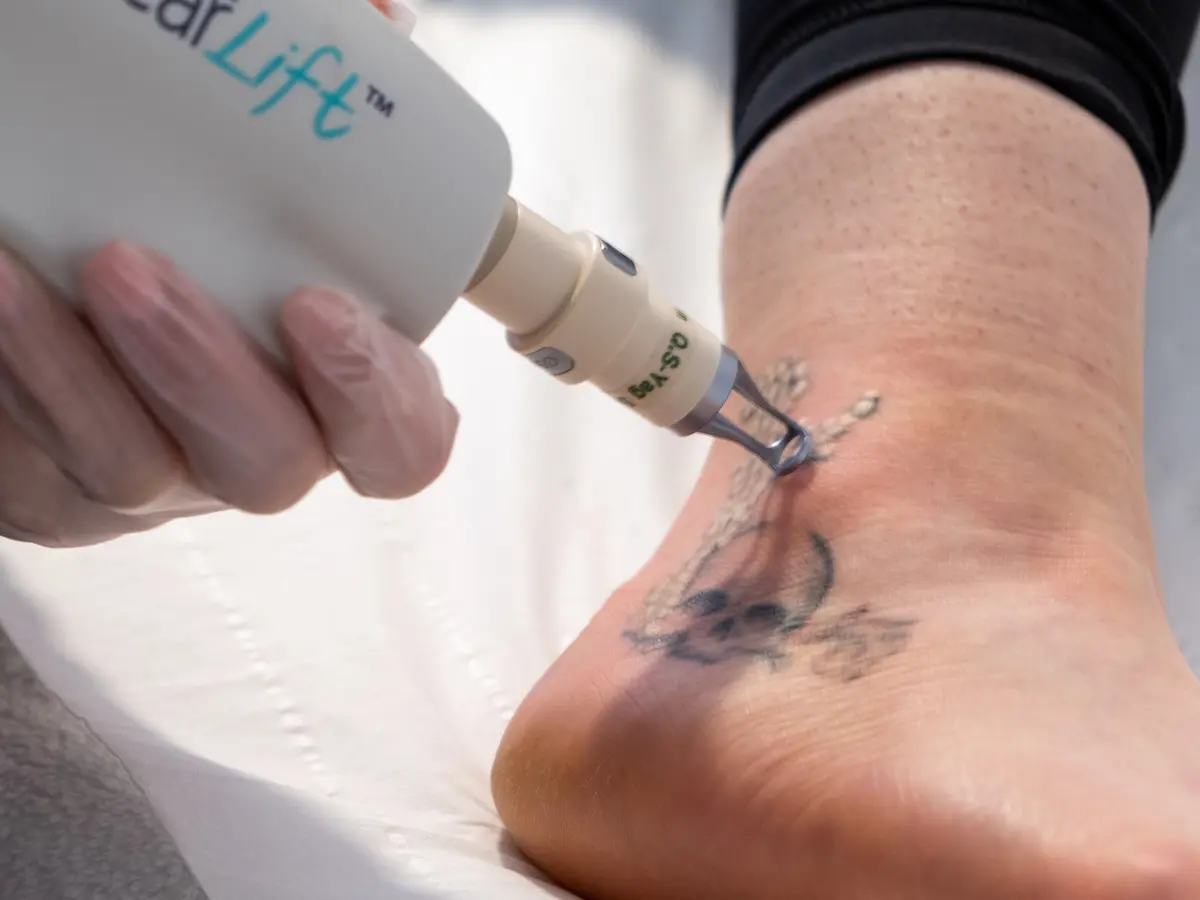Tattoo removal has become increasingly popular as more individuals seek to alter or eliminate their permanent ink. The evolution of laser tattoo removal technology has played a pivotal role in making this process more effective, safer, and less invasive. As advancements continue to emerge, the approach to Tattoo Removal Abu Dhabi is transforming, providing better results with minimal discomfort. Modern laser systems are designed to target ink pigments with precision while sparing surrounding skin tissue, leading to more efficient removal processes and shorter recovery times. These innovations have significantly improved the overall experience for those seeking tattoo removal services.
The Evolution of Laser Technology in Tattoo Removal
Early Laser Techniques and Their Limitations
Initially, tattoo removal relied on older laser technology that often required multiple sessions to achieve satisfactory results. These early systems lacked precision, which sometimes led to uneven fading or incomplete removal. Additionally, these methods could cause discomfort and posed a higher risk of skin damage. Over time, these limitations prompted researchers and clinicians to develop more advanced laser technologies that could address these shortcomings.
Introduction of Q-Switching Lasers
The advent of Q-switching lasers marked a significant milestone in tattoo removal. These lasers emit high-energy pulses in nanoseconds, effectively breaking down ink particles in the skin. The rapid delivery of energy minimizes damage to surrounding tissues and reduces treatment times. Q-switched lasers became the standard for tattoo removal due to their ability to target a wide range of ink colors and provide more consistent results compared to earlier methods.
Development of Picosecond Lasers
The latest breakthrough in laser tattoo removal technology is the development of picosecond lasers. These systems emit pulses in trillionths of a second, allowing for even finer targeting of ink particles. The ultra-short pulses generate a photoacoustic effect, shattering ink pigments into smaller fragments, which are then naturally eliminated by the body’s immune system. Picosecond lasers offer faster clearance, fewer sessions required, and better preservation of skin integrity, making them the preferred choice for modern tattoo removal procedures.
How Advanced Laser Technologies Work
Targeting Ink Pigments with Precision
Modern laser systems utilize specific wavelengths that correspond to the colors of tattoo ink, ensuring precise targeting. The laser’s energy penetrates the skin and selectively heats the ink particles, causing them to fragment without damaging surrounding tissue. The degree of selectivity depends on the wavelength and pulse duration, which are optimized based on the ink’s color and depth.
Minimizing Discomfort and Side Effects
Advancements in laser technology have also focused on enhancing patient comfort. Innovations such as cooling devices integrated into the laser handpiece help reduce heat buildup and minimize pain during treatment. Additionally, the shorter pulse durations of picosecond lasers contribute to less thermal diffusion, resulting in fewer side effects and quicker recovery times.
Improving Treatment Efficiency
The combination of precise targeting and optimized energy delivery allows for more effective treatments with fewer sessions. This efficiency is especially beneficial for individuals with complex or multi-colored tattoos. The ability to treat a broader spectrum of ink colors and depths has expanded the applicability of laser tattoo removal, making it accessible to a wider range of patients.
Benefits of Modern Laser Tattoo Removal Technologies
Faster Results and Fewer Sessions
Thanks to technological advancements, patients now experience faster fading of tattoos with fewer sessions. The enhanced ability to fragment ink particles more effectively accelerates the body’s natural clearance process, reducing the overall duration of treatment plans.
Enhanced Safety Profile
Modern laser systems are designed with safety features that minimize risks of scarring and pigmentation changes. The precise targeting and controlled energy delivery contribute to safer procedures, allowing patients to undergo tattoo removal with greater confidence.
Versatility in Treating Different Ink Colors and Skin Types
Advances in laser wavelengths and pulse durations have improved the treatment of various ink colors, including blues, greens, and yellows, which were previously challenging. Additionally, the adaptable nature of these lasers accommodates different skin types, broadening the scope of successful tattoo removal across diverse populations.
The Future of Laser Tattoo Removal Technology
Emerging Technologies and Innovations
Research continues into novel laser wavelengths and combinations to further enhance efficacy. Developments such as fractional lasers and hybrid systems aim to improve results while reducing treatment discomfort and downtime.
Integration with Other Treatments
Combining laser technology with other modalities, such as topical agents or immune-stimulating therapies, could potentially accelerate tattoo removal and improve outcomes. These integrative approaches are likely to become more prevalent as the field advances.
Personalized Treatment Protocols
The trend toward personalized medicine is influencing tattoo removal practices. Advanced imaging and diagnostic tools will enable practitioners to tailor treatment plans based on individual skin characteristics, tattoo composition, and ink color, leading to more predictable and satisfactory results.
Conclusion
The progression of laser tattoo removal technology reflects a commitment to enhancing patient experiences and outcomes. From early devices to cutting-edge picosecond systems, each advancement has contributed to safer, faster, and more effective removal processes. As ongoing innovations continue to emerge, individuals seeking to erase unwanted tattoos can look forward to increasingly sophisticated options that align with their unique needs and expectations.
FAQs
1. How does laser tattoo removal technology improve over time?
Laser tattoo removal technology improves through the development of faster, more precise lasers such as picosecond systems, which effectively fragment ink particles with minimal discomfort, reducing the number of sessions needed and enhancing safety.
2. Can laser technology remove all tattoo ink colors effectively?
Advances in laser wavelengths allow for the effective removal of a broad spectrum of ink colors, including challenging hues like green and yellow, making modern laser systems versatile for various tattoo compositions.
3. Is laser tattoo removal suitable for all skin types?
Modern laser systems are designed to accommodate different skin types, with adjustable parameters to minimize risks and optimize results, although individual suitability should be assessed by a qualified practitioner.
4. What future innovations are expected in laser tattoo removal?
Emerging technologies such as fractional and hybrid lasers, combined with personalized treatment protocols and potential adjunct therapies, are expected to further improve efficacy, safety, and comfort in tattoo removal procedures.




